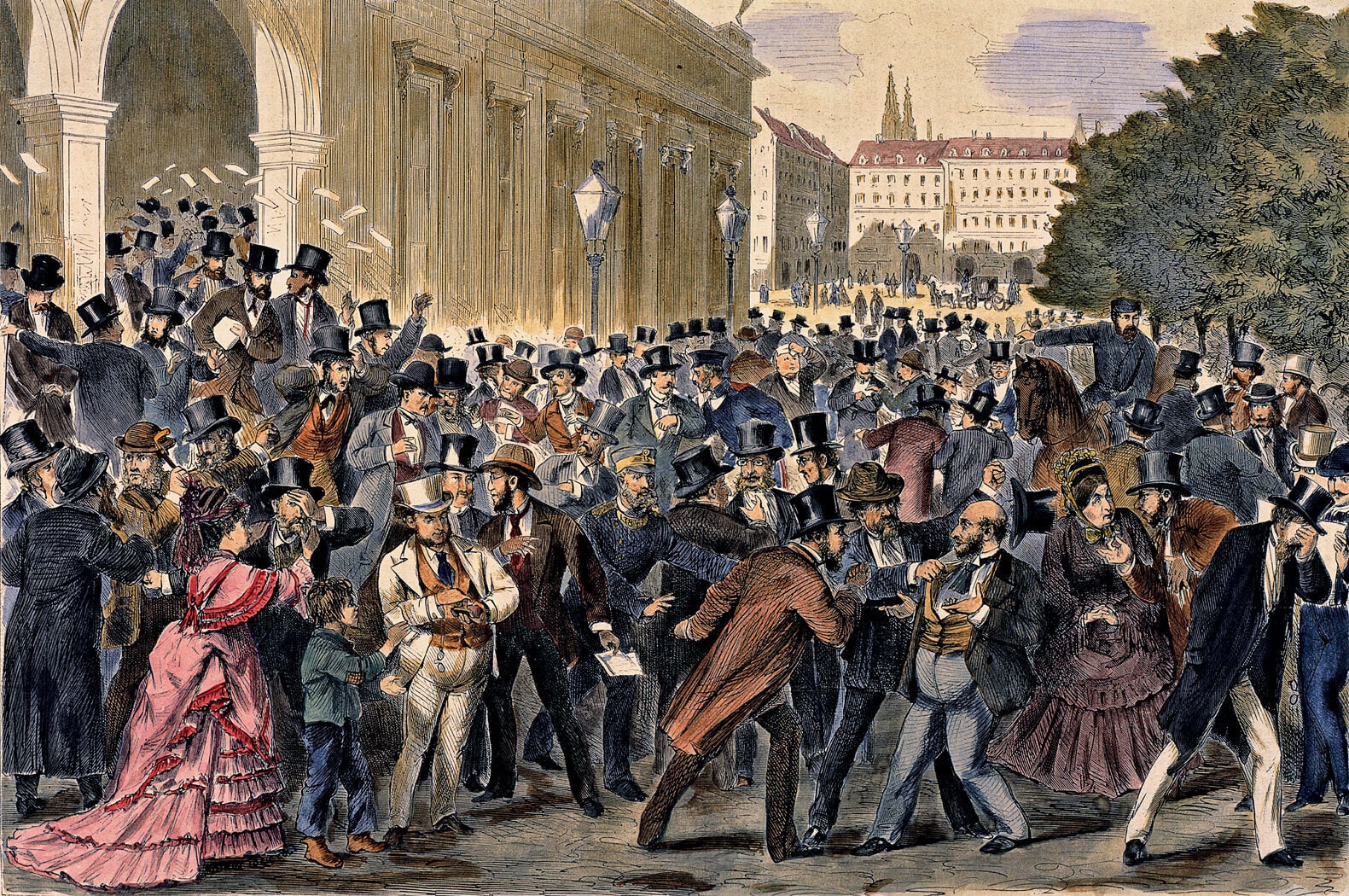Two signs the US economy really is getting better
Food stamp usage is down, and spending on entertainment is up.
Image: REUTERS/Brian Snyder
Stay up to date:
United States
Forget the soaring stock market. Here's the real evidence the U.S. economy is getting better: Food stamp usage is down, and spending on entertainment — everything from Netflix to Disney World trips — is up.
The average American household now spends more than $2,900 a year, a record high, on entertainment, according to data released Tuesday by the Labor Department. That's a good sign the middle class is feeling better about how much money is in their piggy banks.
At the same time, the number of Americans on food stamps is dropping rapidly, according to the latest report from on the U.S. Department of Agriculture, an indication the poor are finally seeing some benefits of the recovery too.
Food stamp usage spiked after the Great Recession when many Americans couldn't find jobs and struggled to eat. Nearly 48 million people relied on the Supplemental Nutrition Assistance Program (SNAP) in 2013, an all-time high. Since then, businesses have gone on a hiring spree. As more people get jobs, they are dropping out of SNAP, which is exactly what is supposed to happen.
There were 41.5 million people on food stamps in May, the latest month that data is available.
“SNAP is a program that is designed to help people get through difficult times when they are not working,” says Robert Doar, a senior fellow at the right-leaning American Enterprise Institute and former head of New York City's public assistance programs, including food stamps, for Mayor Michael Bloomberg. “It's taken a long time, but more people are working now.”
The number of Americans relying on food stamps is still far higher than before the recession, when fewer than 30 million people were on SNAP. But it's now at the lowest level since 2010, and the decline has been accelerating in recent months. Two million people left the program in the past year alone.
“In almost every state, a smaller share of the population received SNAP in January 2017 than four years earlier,” Brynne Keith-Jennings, a SNAP expert at the left-leaning Center on Budget and Policy Priorities, wrote in a recent report.
Expect the food stamp numbers to continue to drop. The United States has a record number of job openings, which is forcing employers to hire workers who don't have perfect resumes and qualifications.
It's also harder for people to get food stamps now. The 1996 welfare reform put in place a “healthy economy rule” where 18- to 50-year-olds get kicked off SNAP after three months, unless they are disabled, have children at home, are working part-time or participating in a job-training program. Congress and states leaders waived those rules during the Great Recession when it was difficult for anyone to find a job.
But today 16 states are operating under the three-months-and-you're-out mantra and another 26 states are implementing that standard in at least part of the state. This higher bar to get benefits has likely pushed some off food stamps, but experts across the political spectrum say a better economy is the main cause of the drop in SNAP usage.
As for the middle class, the average American household has been bumping up spending on entertainment steadily since 2013. It has now surpassed pre-crisis levels of spending (at least in nominal terms), according to the latest data for 2016, which the U.S. government released this week.
Entertainment spending is closely watched because it's the fun stuff. People don't have to spend on gyms, Netflix or going to a fancy new driving range. The fact that they are shelling out more is a good indicator that they feel more financially secure.
Bart Kwan, a 33-year-old fitness guru and owner of a popular gym in Los Angeles, told the Los Angeles Times that people are willing to “pay top dollar” to go to gyms like his because they considered it their “temple.”
But even in entertainment spending, America's inequality is evident. Families in the bottom 20 percent decreased their entertainment purchases last year, mainly because they ending up paying more for food and rent instead. It was the middle class — those with incomes from about $30,000 to $80,000 — who bumped up their fun spending.
Don't miss any update on this topic
Create a free account and access your personalized content collection with our latest publications and analyses.
License and Republishing
World Economic Forum articles may be republished in accordance with the Creative Commons Attribution-NonCommercial-NoDerivatives 4.0 International Public License, and in accordance with our Terms of Use.
The views expressed in this article are those of the author alone and not the World Economic Forum.
Forum Stories newsletter
Bringing you weekly curated insights and analysis on the global issues that matter.
More on Economic GrowthSee all
Ali Alwaleed Al-Thani and Santiago Banales
July 21, 2025
Juan Caballero and Ana Sampaio
July 18, 2025
John Letzing
July 17, 2025
William Dixon
July 16, 2025
Aengus Collins
July 15, 2025
Guy Miller
July 15, 2025






